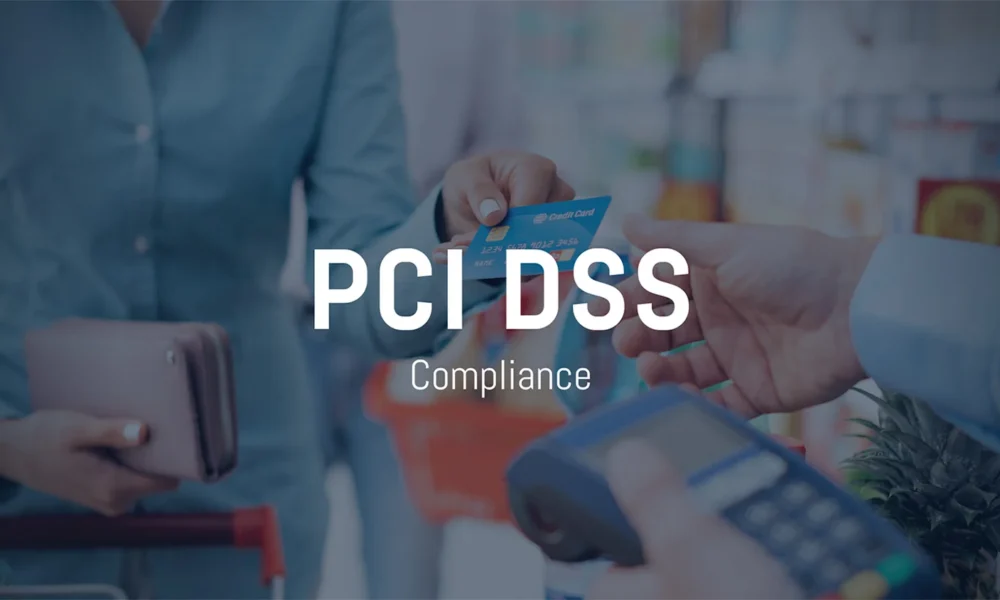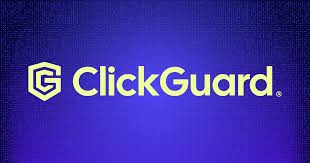How PCI DSS Compliance Automation Saves Time and Reduces Risk

With payment data, there should be no error that can be made. All types of businesses which handle credit card transactions are bound to follow stringent PCI DSS (Payment Card Industry Data Security Standard). These regulations exist so that they can guard the data of cardholders against theft or abuse. The fact is though; manual compliance is hard to keep up with – it is time and labour consuming and requires attention to detail all the time. And that is where PCI DSS compliance automation is coming in big to save the business and at the same time saving time and reducing risk.
Why PCI DSS Compliance Can Be Complicated
In the case of many businesses, compliance is not a project. It is a process, which requires constant checks, record keeping, and revision. The number of controls and technical requirements are dozens of them that should be satisfied, including keeping firewalls and encryption, casual scans and audits of vulnerabilities.
Attempting to do all of this manually may result in errors. Spreadsheets or individual tools are frequently used by teams to monitor compliance steps, which does not only slow down the process but also causes an opportunity cost of overlooking something significant. The world, where cyber threats are developing at an accelerated rate, can make it a matter of concern that one little oversight can become a significant issue.
It is the reason why automation has proved to be a game changer. Automated tools can be used to constantly monitor and test compliance and can report compliance instead of human intervention that would make sure all the controls and settings are checked.
Saving Time Through Automation
One of the greatest challenges in compliance is time. Audits can take weeks and even a minor procedure such as updating security documentation or scanning systems can consume hours. The fact that PCI DSS compliance automation is used to replace repetitive and technical tasks that humans typically perform manually is beneficial.
To give one example, automated systems will be capable of constantly scanning your network to verify whether all security settings are in compliance with PCI DSS. They are also able to log, produce audit reports and give you instant alerts whenever anything goes out of compliance. Things that took days to do are now done in minutes and teams are left to concentrate on more attractive security plans rather than on paperwork.
The other major time-saving option is when auditing. Automation does not require companies to organize data and have compliance evidence ready to share. This will be quicker and smoother as opposed to rushing to locate lost paperwork just before an audit timeframe.
Reducing Risk with Real-Time Monitoring
Manual compliance tests tend to occur once in a while – perhaps monthly or a few times annually. But security threats are not scheduled. Automation is particularly effective there. Automated PCI DSS systems can also monitor the surroundings 24/7 and the possible risks are detected as and when they occur.
In case a system configuration has been altered or a security control has been breached, the automation tools will notify the team instantly. This will avoid violation or non-compliance problems before it escalates to larger problems. The sooner you realize that something is wrong, the sooner you are able to fix it.
The automation also reduces the human error that is one of the largest causes of failure of compliance. When the process does not require so much tracking by hand and verified data is involved, there is less space to overlook or make a mistake.
The Future of PCI DSS Compliance
With the expansion of businesses and the large volume of payment data that they deal with, manually maintaining their compliance with the requirements of the PCI DSS is no longer feasible. With automation, it is simpler to keep the continuous compliance without exhausting teams and omitting essential steps. It is also scalable – as systems grow the automated tools can keep up with the growth without further increasing the number of people to do the manual work.
The outcome is increased levels of security, increased response speed, and increased confidence when conducting audits. Automation also eliminates the need to ensure during the year-end that all was within the compliance scope since it is done in real-time.
Smarter Compliance for a Safer Future
The bottom line is that the automation of the PCI DSS compliance is not merely a matter of time saving it means remaining a step ahead of danger. It is a combination of technology and process control to establish a more reliable, round-the-clock method of data security.
Automating the most time-consuming and prone to error sections of compliance allows the businesses to concentrate on what is most important to them and that is protecting the information of their customers and creating trust. Automation is not only convenient in the world where data breaches may occur overnight, but it is becoming a necessity of a business that does not want to remain unsafe, inefficient, and actually non-compliant.

Source: How PCI DSS Compliance Automation Saves Time and Reduces Risk


